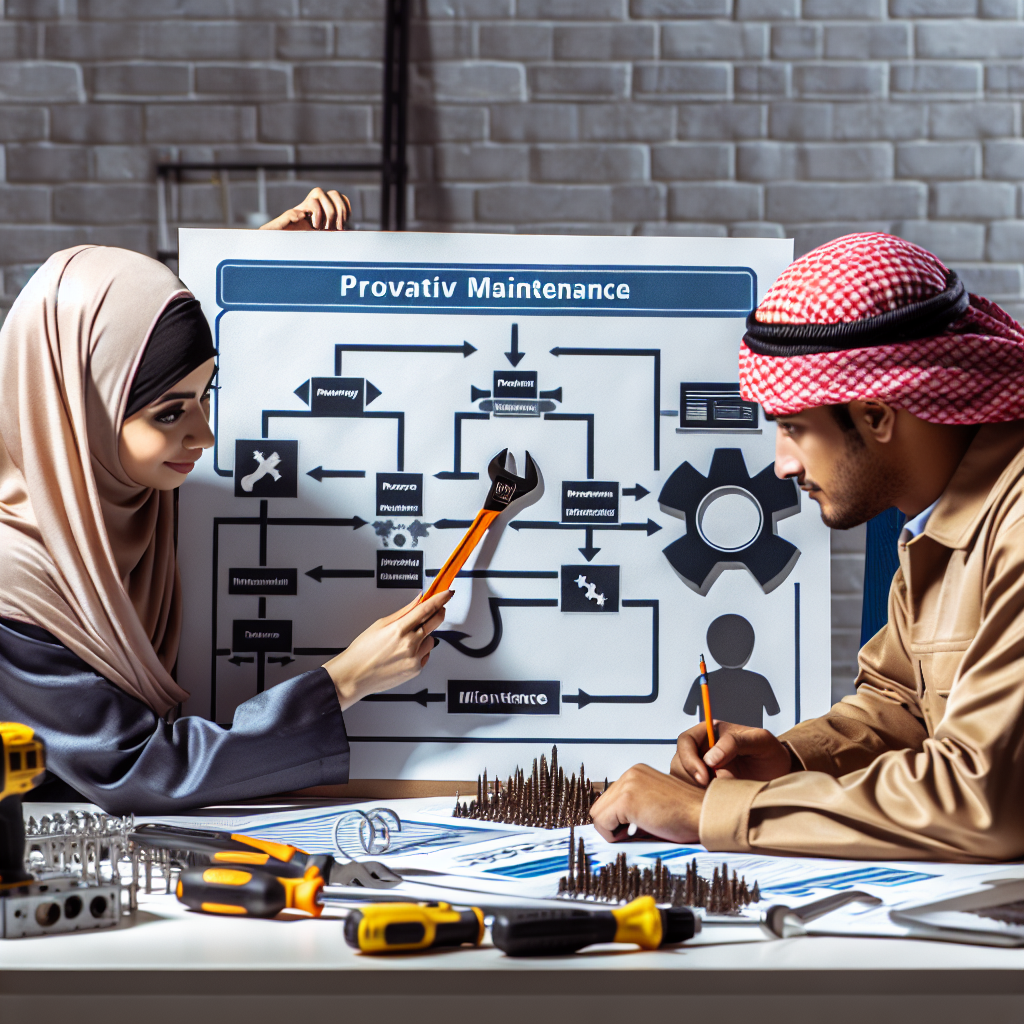Developing a proactive maintenance plan is crucial for businesses to ensure the smooth operation of their equipment and prevent costly breakdowns. By implementing a proactive maintenance plan, organizations can save time, money, and resources in the long run. Here are some key steps for developing an effective proactive maintenance plan:
1. Identify assets and critical equipment: The first step in developing a proactive maintenance plan is to identify all the assets and critical equipment that need to be maintained. This includes machinery, vehicles, computers, and any other equipment that is essential for the operation of the business.
2. Determine maintenance tasks: Once the assets and critical equipment have been identified, the next step is to determine the maintenance tasks that need to be performed on a regular basis. This can include routine inspections, lubrication, calibration, and other preventive maintenance tasks.
3. Establish maintenance schedules: After determining the maintenance tasks, it is important to establish maintenance schedules for each piece of equipment. This includes setting regular intervals for inspections, servicing, and other maintenance activities to ensure that the equipment is properly maintained.
4. Implement a CMMS system: A Computerized Maintenance Management System (CMMS) can help businesses streamline their maintenance processes and keep track of maintenance tasks, schedules, and equipment history. Implementing a CMMS system can help businesses stay organized and ensure that maintenance tasks are completed on time.
5. Train maintenance staff: Proper training is essential for the success of a proactive maintenance plan. Make sure that maintenance staff are well-trained on how to perform maintenance tasks, use equipment properly, and follow safety protocols. Regular training sessions can help ensure that maintenance staff are knowledgeable and capable of performing their duties effectively.
6. Monitor and analyze data: Monitoring and analyzing maintenance data is crucial for identifying trends, predicting equipment failures, and making informed decisions about maintenance schedules. Utilize maintenance software to track maintenance activities, equipment performance, and costs to help optimize maintenance plans.
7. Continuously improve the maintenance plan: Developing a proactive maintenance plan is an ongoing process that requires continuous improvement. Regularly review and evaluate the maintenance plan to identify areas for improvement and make necessary adjustments to ensure that the plan is effective and efficient.
In conclusion, developing a proactive maintenance plan is essential for businesses to ensure the reliability and longevity of their equipment. By following these key steps, organizations can establish a solid maintenance plan that will help prevent costly breakdowns and downtime, ultimately saving time and money in the long run.


Leave a Reply